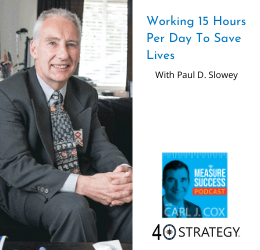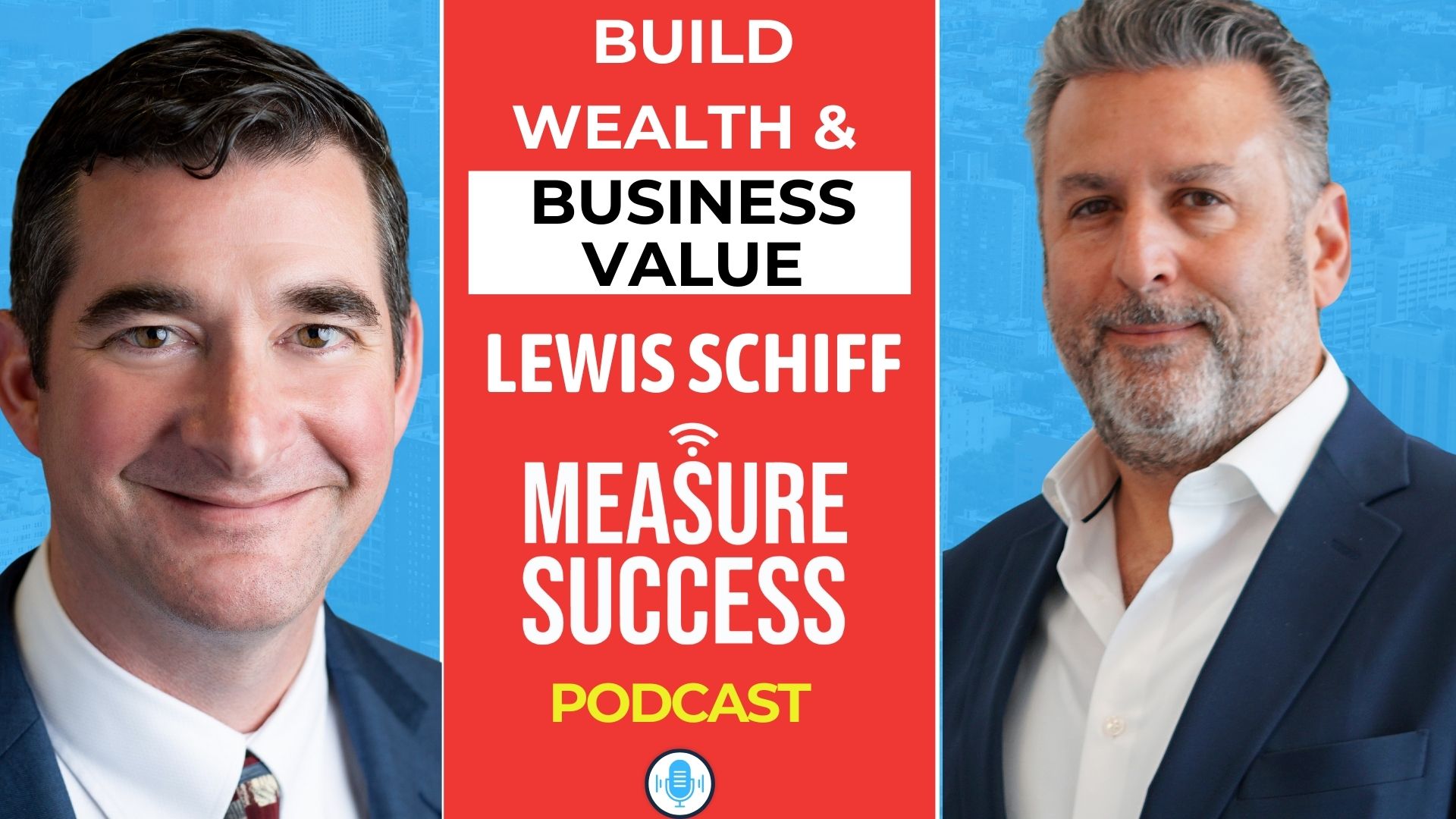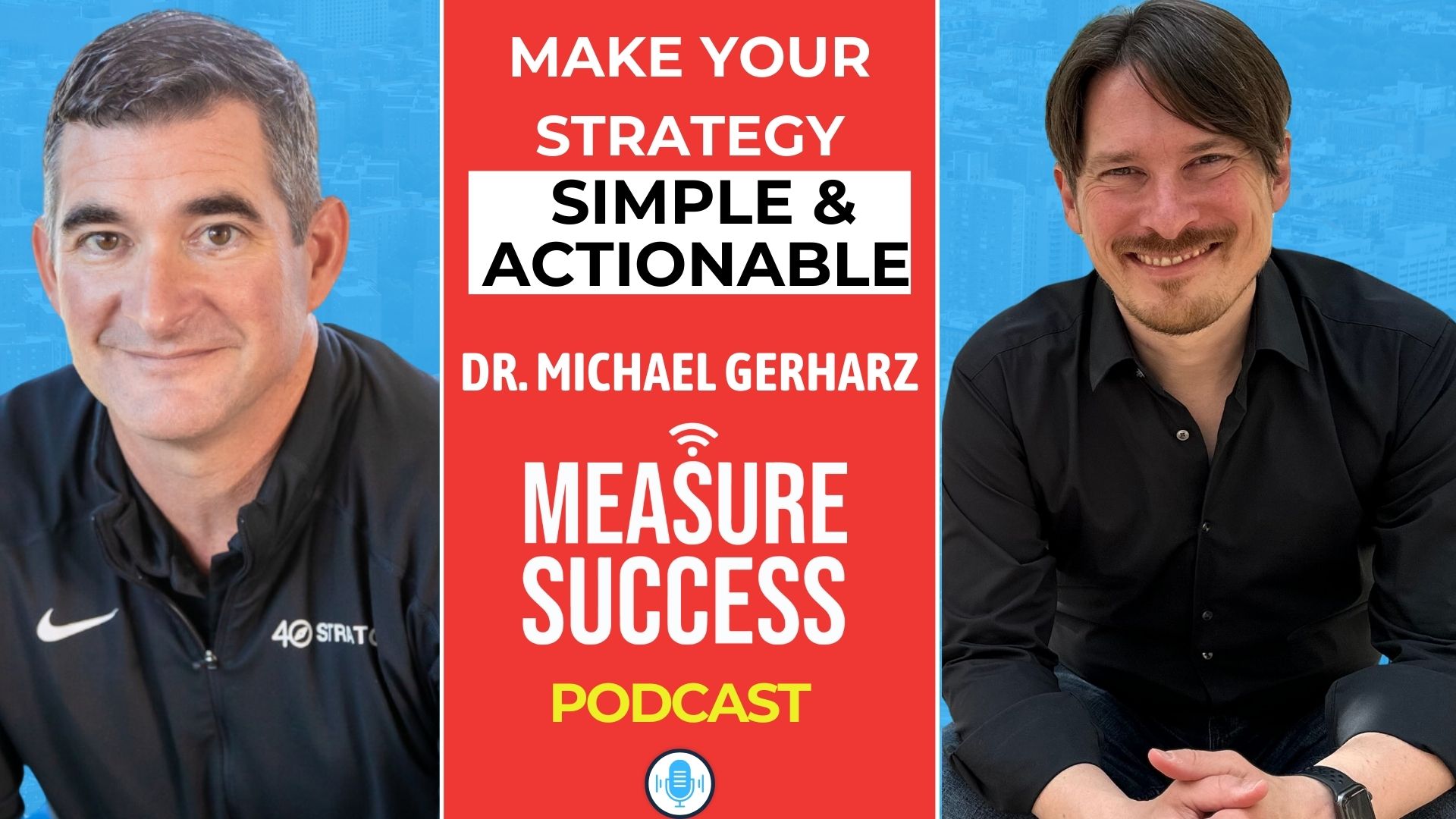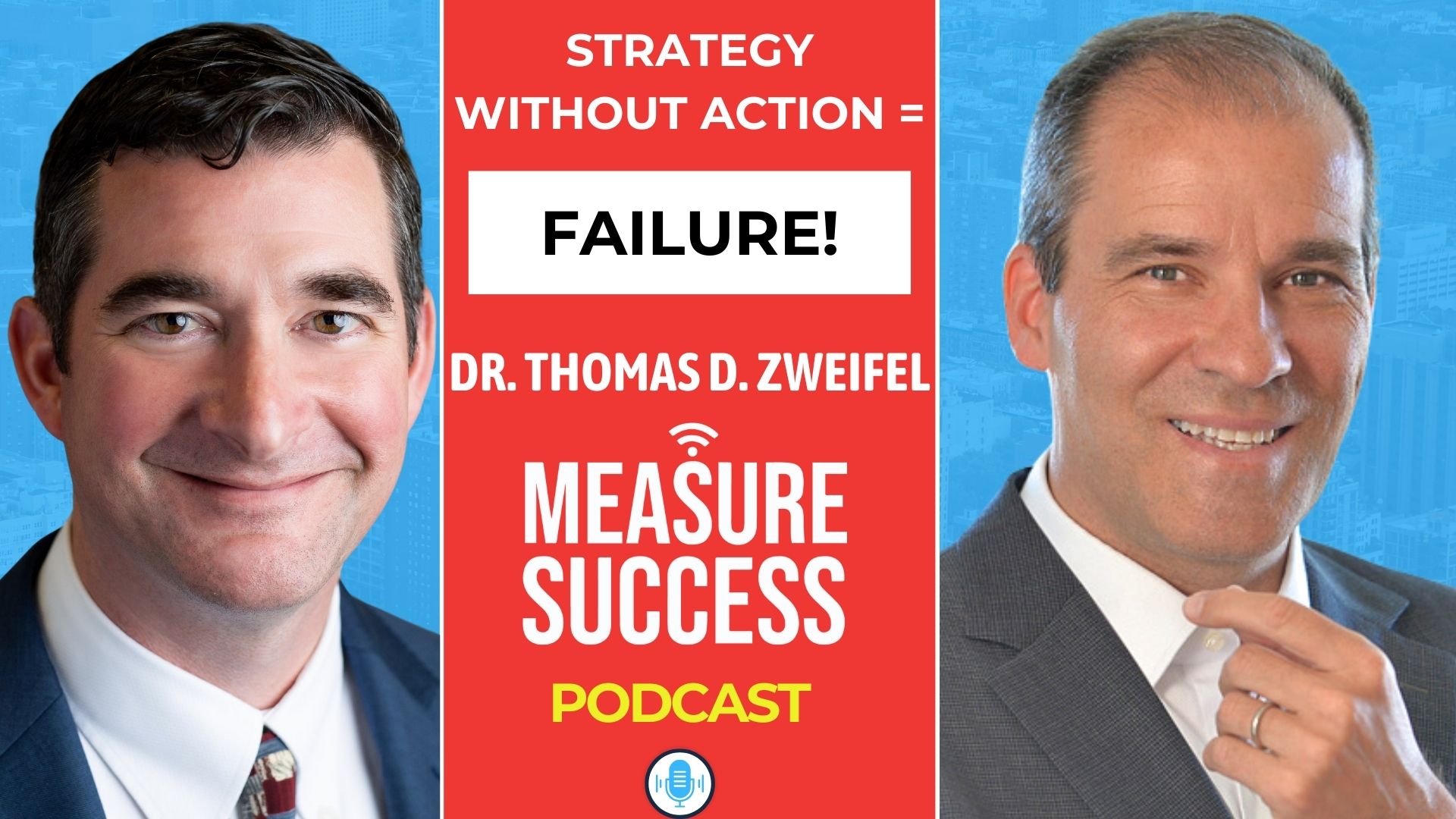
As an entrepreneur with several issued patents, Paul is experienced in marketing, business development, sales, licensing, strategic partnering, corporate management, device design, and international distribution. He has worked with start-up organizations, Fortune 500 companies, and everything in between. He is also a widely published and sought-after speaker on HIV diagnosis, liquid biopsy testing for cancer, nucleic acid testing, and more.
Here’s a glimpse of what you’ll learn:
- Paul D. Slowey talks about Oasis Diagnostics® Corporation
- Why liquid biopsies can often detect disease earlier and deliver results faster than other methods
- Paul describes a contract he landed that has kicked his production levels into overdrive
- What impact is saliva testing having in the field of telehealth?
- How Oasis Diagnostics® Corporation is utilizing background support in its strategic plan for growth
- Paul explains how he’s managing to scale multiple products simultaneously—while keeping the funds separate
- Paul shares his goals for the company and describes why money isn’t at the root of how he measures success
- How Paul spends his time outside of his 15-hour workdays
In this episode…
From mouth-watering to slobbering sputum, spit dominates the English language—but it’s probably the furthest thing from your mind when you think of style. Nevertheless, saliva is the new trendsetter making waves in the diagnostics industry. And, even though COVID-19 has put saliva in the spotlight, rapid testing isn’t the only reason demand is soaring.
Oral fluid diagnostics expert Paul D. Slowey will tell you that spit is the new “it” specimen for diagnosing all kinds of diseases. It’s easy to collect, non-invasive, and contains information about everything, from your ancestry to your current health status. Some saliva tests can even diagnose lung cancer in as little as 30 minutes. Plus, it’s safer and cheaper to obtain samples than the old-fashioned collection methods. And that’s just some of what spit is doing these days.
Join Carl J. Cox in this episode of the Measure Success Podcast as he sits down with Paul D. Slowey, Owner and CEO of Oasis Diagnostics® Corporation, to discuss why saliva is now in fashion—well, at least when it comes to diagnostics. Listen in as Paul explains why liquid biopsies are gaining recognition in disease detection, what’s changing in the world of telehealth, and how a contract with the National Institutes of Health (NIH) has caused his company’s growth to skyrocket. Stay tuned!
Resources Mentioned in this episode
- Paul D. Slowey on LinkedIn
- Oasis Diagnostics® Corporation
- North American Saliva Symposium (NASS)
- Amir Kanji on LinkedIn
- Biomed Diagnostics, Inc.
- 23andMe
- Ancestry®
- National Institutes of Health (NIH)
- RADx initiative
- Super•SAL™
- Pure•SAL™
- Quest Diagnostics
- Scientific American
- Science
- 40 Strategy
- Contact 40 Strategy
- Carl J. Cox on LinkedIn
Sponsor for this episode…
This episode is sponsored by 40 Strategy.
40 Strategy provides strategic planning and consulting to help organizations realize and achieve their dreams by creating and measuring KPIs for success.
Unfortunately, most organizations only spend 2% of their time—or about 40 hours per year—on building an effective strategy.
Increasing the success of those 40 hours is what 40 Strategy does because your success is their passion—and that’s why organizations look to them for guidance.
Not only does 40 Strategy help you craft and implement an effective strategy, but they’ll also work to facilitate teams with proven practices and help with your scenario planning.
Harvard research shows that you can triple your success when you use the right Key Performance Indicators. Who doesn’t want that?
If you have questions, you can reach out through their website or email them at catch@40strategy.com.
Episode Transcript
Intro 0:03
Welcome to the Measure Success Podcast where we feature top leaders on how they measure success in their business and life. Now, let’s learn from their experiences.
Carl J. Cox 0:18
Carl J. Cox here, and I’m the host of the Measure Success Podcast where I talk with leaders about effective strategies that inspire success. This episode is brought to you by 40 Strategy, a 40 Strategy. We help organizations with strategic planning to help them realize their dreams, Paul, basically we help companies raise strategic plans and measure the right KPIs for success. Unfortunately, most organizations only spend about 2% of their time. And so from like an executive team standpoint, that’s like the 2% of collective time. And I don’t know about you, but isn’t that pretty crazy that that’s,
Paul D. Slowey 0:52
I think that’s pretty crazy. Yeah.
Carl J. Cox 0:54
It’s unbelievable. It’s very consistent. And so at 40 Strategy, your success is our passion. And that’s why organizations call us to help. Not only do we come up with strategy, but more importantly, we facilitate your teams with proven practices to actually get things done. Harvard research shows that when you have the right key performance indicators, you can actually triple your success. And who wouldn’t want that? Would you agree, Paul?
Paul D. Slowey 1:15
Good. Yeah, I agree. It’s good to know as well. Very good. Absolutely. So you
Carl J. Cox 1:19
can email us at catch@40strategy.com or visit our website at 40Strategy.com. Before we introduce our guests, I do like to do a quick shout out to Amir Kanji. He’s the CEO of Biomed Diagnostics, and he was very kind enough to do the introduction to Paul and and that is who our guest. So our our guest here is Paul Slowey, and he is the CEO of Oh, Oasis Diagnostics® Corporation based in Vancouver, Washington. He is the founder and owner of this organization, which was founded back in 2002. And he is in the pioneer of oral fluid diagnostics, and testing. He has a background in organic chemistry after being awarded his doctorate from the University of Newcastle. In the United Kingdom, he spent several years as a postdoctoral fellow in Canada, and five years in the pharmaceutical industry as well. And with that, he has over 35 years experience in clinical diagnostic and pharmaceutical industries combined, which is pretty amazing. Over the years, you’re held positions of director international sales Chief Operating Officer vice president sales and marketing for a numerous companies for the development of saliva diagnostic rapid tests for infectious diseases and oral fluid collection devices. You have extensive experience with structuring strategic alliances. And you have helped both startup as well as fortune 500 companies, you have 45 publications in peer reviewed journals, including seven published book chapters 17, issued patents, 10, filed patent applications, and you had a number of oral presentations, that key scientific symposia, and a variety of subjects including HIV, liquid biopsy for cancer, nucleate, acid testing, and the status of oral fluid testing. Pretty darn incredible. And then And finally, one of the neat things is you actually are the director of a small teaching college in Kampala, Uganda.
Paul D. Slowey 3:13
this correct. Yep.
Carl J. Cox 3:14
So by the way, that it has an incredible bio, and I very purposely wanted to read that correctly, because it’s one of the more in depth ones that that I’ve had on one of our guests. And so let’s first of all, before we get into that, tell me a little bit more about Paul, thank you so much for joining us. Tell us a little bit more about Oasis Diagnostics® Corporation, and what does it do?
Paul D. Slowey 3:34
Okay, so we will find it 18 years ago, as you as you said, to develop tools that would help people particularly using saliva as the diagnostic medium instead of blood or tissue or, you know, some other invasive fluids. So over the course of the last 18 years, we’ve developed about 10 different technologies that can collect saliva from various populations like children, infants, animals, adults, geriatrics, etc. But we also have devices that collect specific components within the saliva. You can use saliva for collecting things for hormone testing, for instance, for cancer diagnosis for Alzheimer’s disease diagnosis for rapid point of care devices. So there’s multiple applications for that. And we basically pioneered that prior to working for my own company, I worked for the two, what I call the premier companies in the business, which was OraSure Technologies and also Saliva Diagnostic Systems, both incidentally in the Portland Oregon area. So this is where saliva became the hotbed if you like, and, you know, we tried to develop tools that were not accessible before. So we looked at areas where these companies were not addressing a particular market, like cancer, for instance. And we have specific tools that will allow you to collect what’s called a cell free sample, literally, we purify the sample so much that you get rid of all the nasties in the sample sorts of very pure sample that can be used to diagnose cancer, lung cancer, particularly in about 30 minutes. You Without a without a blood draw without a tissue specimen without a biopsy. So, you know, we’re trying to pioneer as many of those types of applications as possible. We have a production facility in Portland, Oregon, which is 6500 square feet. We have a an r&d facility in Vancouver, which has 4500 square feet. And it’s an exciting time because saliva because of 23andMe. And ancestry.com, particularly, is now kind of a fashionable specimen. And it wasn’t was not always the case. 18 years ago, it was not the case.
Carl J. Cox 5:31
Yeah, it’s interesting, you mentioned that I actually just did that. The ancestry.com and found out my my heritage was a very interesting, but we will be talking about that. But it was so much easier to just do the saliva test, right, as opposed to doing something different. And it’s pretty much thing. Of course, with COVID, I’ve been running into more and more people, if they want to go to Hawaii, they have to do that quick 72 hour turnaround, right. And it’s a saliva test, as opposed to the relatively uncomfortable, you know, sticking a swab up your nose. And so it’s a, that aspect has been and so that’s really interesting. On the cancer side, you are able to detect my eye, this kind of relationship, my oldest sister actually had a small cell carcinoma, she’s in remission right now, which is good news. But it’s it’s catching these things early is absolutely critical. What have you found? Has this been something that can it diagnose and find things a lot faster than it traditionally would be able to find it?
Paul D. Slowey 6:27
Well, absolutely, just in general terms, the term liquid biopsy that you mentioned, in my bio, their liquid biopsy literally means you prior to, to liquid biopsy coming of age, if you like, the diagnosis of a cancer would be by a biopsy, like so if you have prostate cancer, they’ll do a prostate biopsy, if you have lung cancer, they do a lung lung biopsy. And what did what they found probably maybe 10 years ago was that when a tumor starts to form, there’s what’s called cell cell free DNA or circulating tumor DNA that’s actually released from the cancer into the bloodstream. And there are a lot of companies like Guardant Health, Foundation Medicine, Exosome Diagnostics, etc, that are kind of capitalized on that by taking a blood specimen, isolating the cell free DNA from that blood specimen, looking for specific biomarkers in that specimen. And being able to diagnose diseases. What we found in the last three years was that if you take a saliva specimen, using one of our particular devices, it has to be a very clean specimen. So we have two devices called Pure•SAL and RNAPro•SAL, the literally remove all the things that can actually get in the way. And with that specimen, and it just takes one drop, we can actually diagnose lung cancer in 30 minutes, and the sample doesn’t even have to be purified. The thing that we haven’t done yet, and this is part of the future, if you like is to look at other cancers, to see whether we can do the same thing in saliva. But if we could, that’s a fantastically non invasive way of being able to diagnose multiple cancers. My you know, you mentioned your, your relative, my sister was diagnosed with an extra stromal sarcoma. And she literally had an abdomen, she looked like she was pregnant. And the doctors in the UK said, Go home, you know, there’s nothing wrong with you take a couple of pills, a couple of paracetamol, that’s what they call it, their, you know, aspirin or whatever, and go home. And she called me up one day, and she said, You know, I need somebody to help me. And, you know, I think To cut a long story short, I had a friend in Vienna, who referred me to a specialist in the UK, we got her in and she got got rid of this sarcoma, but she would literally, you know, it would have metastasized within within a week if you hadn’t had the surgery, you know, so we want to be able to have tools that can detect those types of things early.
Carl J. Cox 8:43
Wow. That’s, that’s pretty amazing. So tell me what’s Top of Mind you prior to the call we talked about, you’re really working on some very exciting things right now with the National Institutes of Health. Wait, tell me a little bit more about that. And for the audience to have a deeper understanding what’s what’s keeping you working every day?
Paul D. Slowey 8:59
Sure. I mean, yeah, this literally happened yesterday, we we signed what’s called a definitive contract. That’s a made up word by the NIH. But what it means is you now have a full blown contract with the National Institute, Institute of Health, under what’s called the RADx program, RADx is r-a-d-x. And it stands for the rapid acceleration of diagnostics, which was a program that was put into effect by President Trump during his presidency. And what it did was literally allocate about half a billion dollars for the development of as many tests for COVID as possible, not necessarily saliva test, just any test, we need as many tests as we can to test people to get them into treatment, etc. So, you know, as part of this program, we were invited to make an application to RADx, which we did, and that was back in September the seventh. And literally, as I said, yesterday, we finally entered into this contract with the NIH. What that means for us is, you know, all saliva collection tools, particularly two devices called Super•SAL and Pure•SAL which you can find on the website are being used for multiple tests for covid 19 testing. And we’ve been asked to scale up to somewhere around about 3 million units per month from a, from a starting ramp of about 30,000 to 50,000 units per month. So it’s a huge scale up for us. That requires a lot of manpower, we’re adding a lot of people, we’re looking for paid 14 production workers right now. So if anybody’s interested, you know, we do have opportunities there, we just hire an air quality assurance manager to literally look after the quality aspect, we have to go through FDA approval, which is in what’s called an emergency use authorization an EUA in order for us to be able to present our devices here, but you know, there are multiple companies that have already adopted our devices. So we’re, we’re in a really exciting phase of our development right now.
Carl J. Cox 10:51
That is, first of all, congratulations. And to accomplish that, that is that is no small feat. And so you are you are right in the beginning of this massive ramp, and and that I love that element of growth, right. And when things but this is like, exponential, right, you know, in terms of going from you, I think you said 50 to 62,000 per month to 3 million units per month. Is that correct?
Paul D. Slowey 11:16
Right. Yeah. Yeah. And an interesting thing is, you know, we COVID is, is the thing that’s basically put saliva on the map, if you like, you know, you before we mentioned to 23andme, and ancestry.com, the best we were the first people who said saliva is a very good matrix for diagnostic testing. But all of a sudden, COVID comes along, and everybody forgets about all these other diseases, which is very, it’s very sad, I think, you know, that all of a sudden, everybody switched to COVID. But what it what it has done for us, the library there, really put it into the limelight, lots of companies are looking at using saliva, either in the home or, you know, collecting in the home sending the sample to a laboratory. So I think it’s, you know, for any companies that are working in a non invasive testing area, this is a really interesting time.
Carl J. Cox 12:02
Absolutely. How do you think telehealth, right, that’s, that’s a relatively new thing? You know, in terms I mean, it’s been around a long time, but until COVID, right, there wasn’t really people still wanted to go to the doctor, ultimately to end up going through things. Tell me a little bit about how was something like a saliva test, be able to change and really have a greater significant impact for something like telehealth
[continue to next page]













